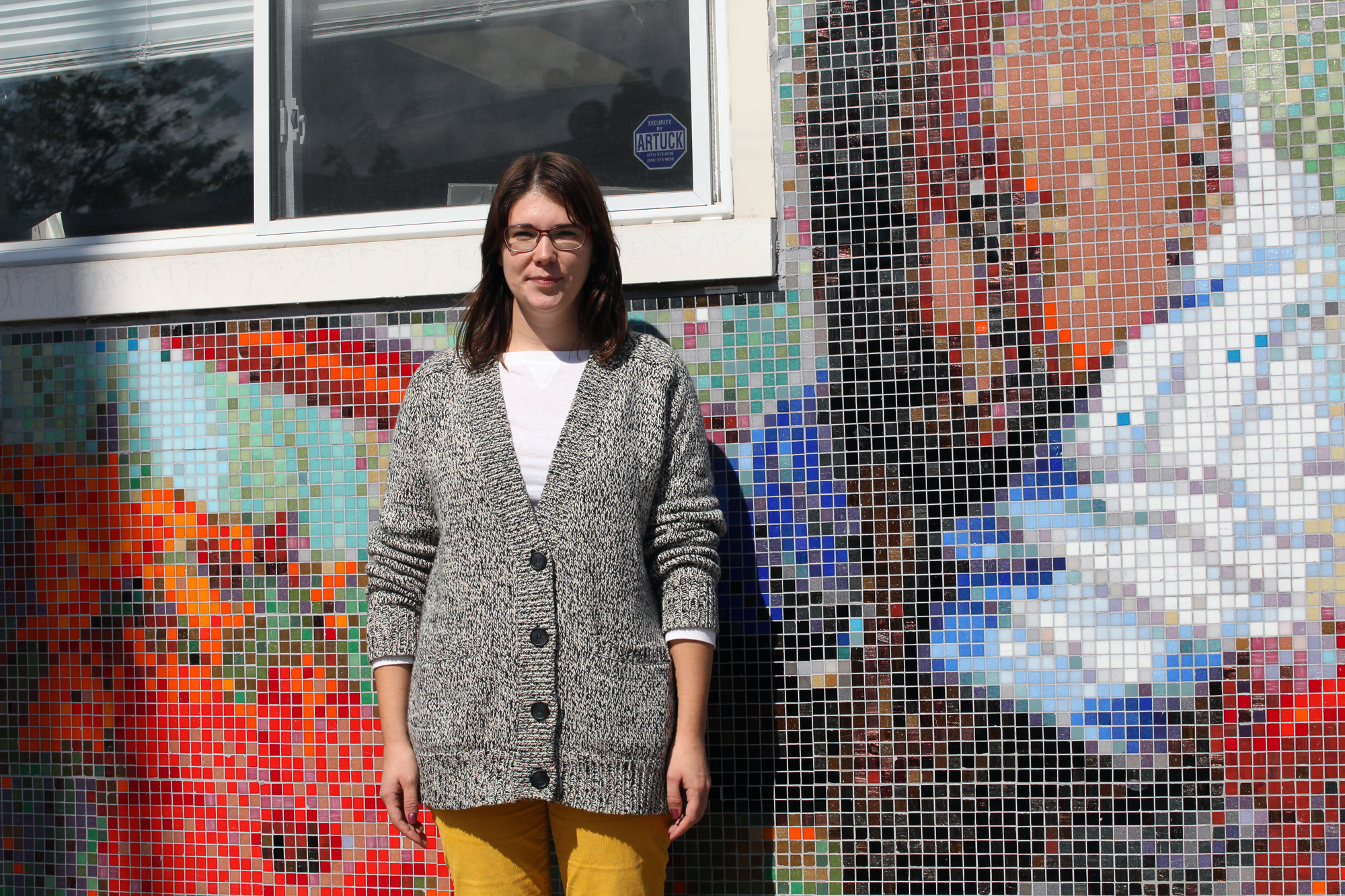
https://vimeo.com/30444063]
Labels are everywhere. In their best form, labels help people identify the good from the bad. In their worst form, labels unjustly stigmatize a brand, business or, as in the case of Kensington, an entire neighborhood.
When manufacturing left Kensington during the late 1980s and early 1990s, it left the door open for economic downturn. Citizens moved from the neighborhood in droves and left behind the ghosts of what used to be.
In the wake of this loss of industry and sustainability, there rose a dark and dangerous drug and criminal world in its place. Kensington lost its label as a hard-working, blue-collar place. In the neighborhood’s new era, it became known as the Badlands.
The name comes from the book, Third and Indiana, by Steve Lopez. It is a term used to describe the open-air drug markets and accompanying criminal activity that were, and are, so prevalent in the Kensington community. Unfortunately, the label stuck.

So how do you change a label? The non-profit, Centro Nueva Creacion, had an interesting approach. In the summer of 2000, it started the Goodlands program.
Goodlands is a photography program for the youth of the neighborhood, designed to teach the children photography and allow them to show the beauty of their neighborhoods through their own photographic vision. The organization aims to dispel the Badlands title one image at a time, one child at a time.
The program, aside from just handing the students a camera, aims to teach the fundamental artistic principles involved in creating an image. The organization also focuses on poetry and creative writing to help the students better communicate their ideas and document their neighborhood.
Angela Jubinville, the director of Goodlands, has been with the organization since 2007, and said she knows first hand what the program can provide the community. “We’re very well received in the community . . . a testament to that is we always have a lot of kids enrolled in the program . . . our program started two weeks ago and we are already maxed out to capacity and we have a waiting list of 10 kids,” Jubinville said.

However, showing a direct link between community improvement and the Goodlands program is difficult to ascertain. “It is hard for me, being in it, to see those changes and that is a direction we are moving into. Measuring or creating some objectives and actually getting data to show . . . the change that’s happened within the community or within the children,” Jubinville said.
And really how could you show a direct link between one organization and an entire community? There are numerous organizations in Kensington whose goal is to improve the quality of life in the neighborhood. To state equivocally that an organization has categorizable and quantifiable evidence, linking the program to direct improvement in the neighborhood, would be difficult.
That being said, there are examples to cite that would lend themselves to the notion that the Goodlands is an organization that improves the community. “One girl, Jennifer, started the program in first grade and she is in fifth grade now. She hardly spoke any English . . . now she is an excellent reader . . . and her English is perfect. She serves a lot of the newer students coming in who struggle with English . . . by being a translator,” Jubinville said. It would be hard to say that Goodlands did not play a part in this child’s development and her willingness to give back what she has learned to the next child who might be in a similar circumstance.
Another essential part of the program is finding outlets for the students to showcase their work. It is a powerful thing to show a child that what he or she creates has value and should be appreciated by others. Also, showing their work in museums, galleries and other public places brings their work to a wider audience and hopefully begins to break down the “Badlands” label.
“We try to host at least four exhibits every year,” Jubinville said. “We’ve exhibited at the Kimmel Center, the University of Pennsylvania’s Museum of Archaeology and Anthropology . . . and every summer for the past seven years we’ve had an exhibit at the NEXUS Foundation.” These venues ensure that the audiences experiencing their work, will be wide and varied. Those who witness some of the Goodland’s photography, just might change their view of a neighborhood they only know through reputation and a bad label.
Aside from trying to dispel the label “Badlands,” this organization measures its success through its students, and not what any outsider might think about the neighborhood. If you were to ask them, it would mean a lot more to improve one child’s future, than to rid themselves of an unjust label.


Be the first to comment